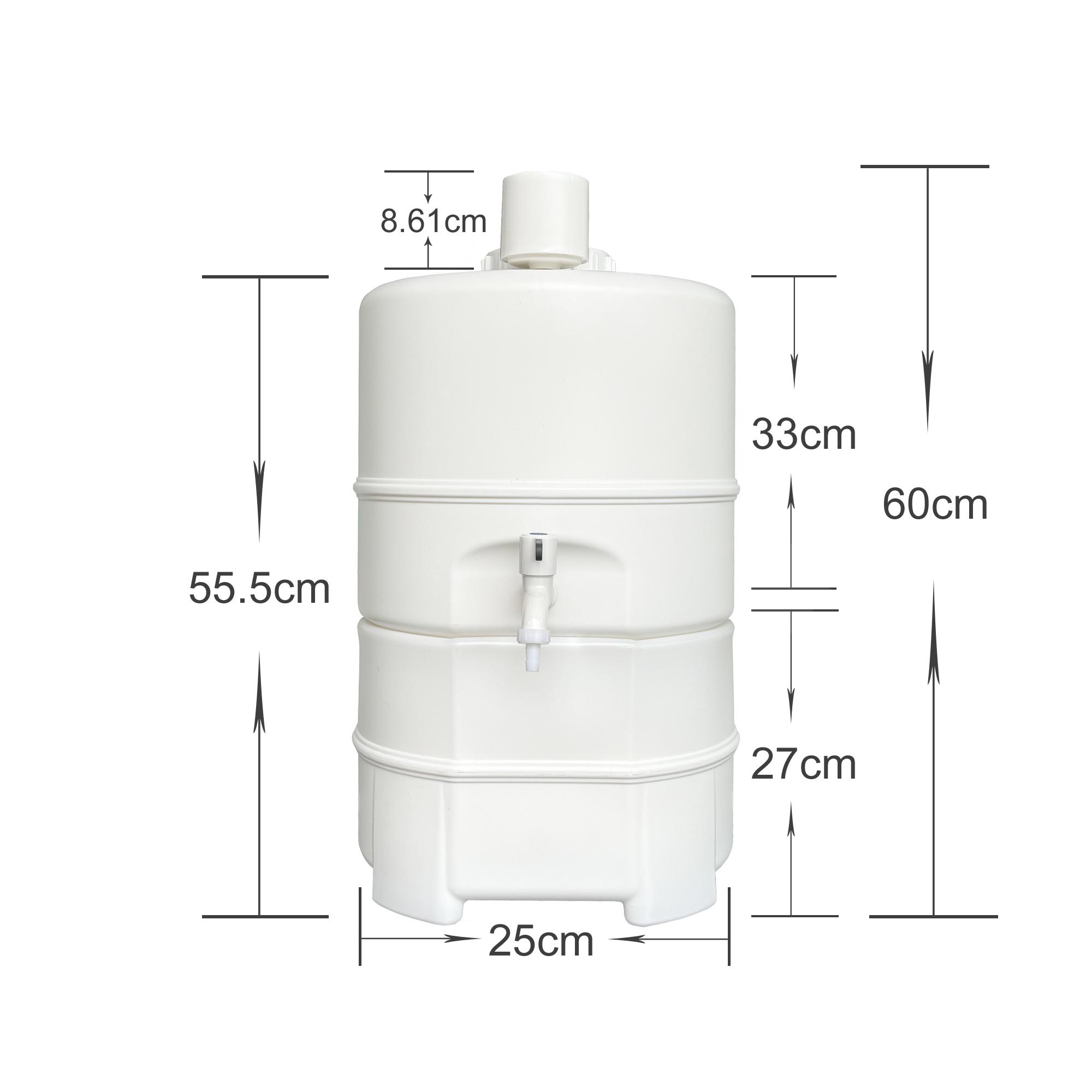The quality of ultrapure water is easily to be changed when it contacts air, glass or others. For example,
a large amount of ultrapure water ions will be dissolved out of the glass when ultrapure water is put into
glassware in the laboratory, thus completely changing the resistivity value of ultrapure water. In order to
storage ultrapure water and prevent water quality declined, the sterile water tank was invented.
Test:
Place 5mg of different raw materials in 100ml of ultrapure water (resistivity 18.25MΩ.cm, TOC< 10ppb).
After 24 hours, the dissolution was tested, and it was found that there water not much difference between
the several materials compared for the dissolution of ions. However, after 3 days, it water measured again,
and it was found that Cl, NO3, SO3, and Mg dissolved in polypropylene were higher than those in
polyethylene. In terms of organic matter (in terms of TOC), the TOC content of polythylene dissolution
has been decreasing in the past 3 days. This shows that as long as it is carefully cleaned, it is possible
to minimize the dissolution of organic matter in the PE water tank.
Compared with other materials, such as FEP (fluorinated ethylene propylene), PFA, PTFE (polytetrafluoroethylene),
PA (polyamide), PU (polyurethane), PE materials have the least dissolution of ions and organic matter. Therefore,
our company chooses food grade PE as the material of sterile water tank.
Specification:

Feature:
1. Capacity: 30L PE tank.
2. The water resevoir is made through cylindrical mold and blow molding process to avoidthe generation of velum.
4. Overflow protection tube eliminates the risk of flooding.
5. Cone shape bottom guarantees no stagnant water and facilitates easy clean.
6. Optional UV lamp and vented filter maintain consistent purity of stored water
and provide effective protection against airborne contaminants.
Application:
The sterile water tank is usually used for matching ultrapure water or storage ultrapure waer directly.
Packing:







